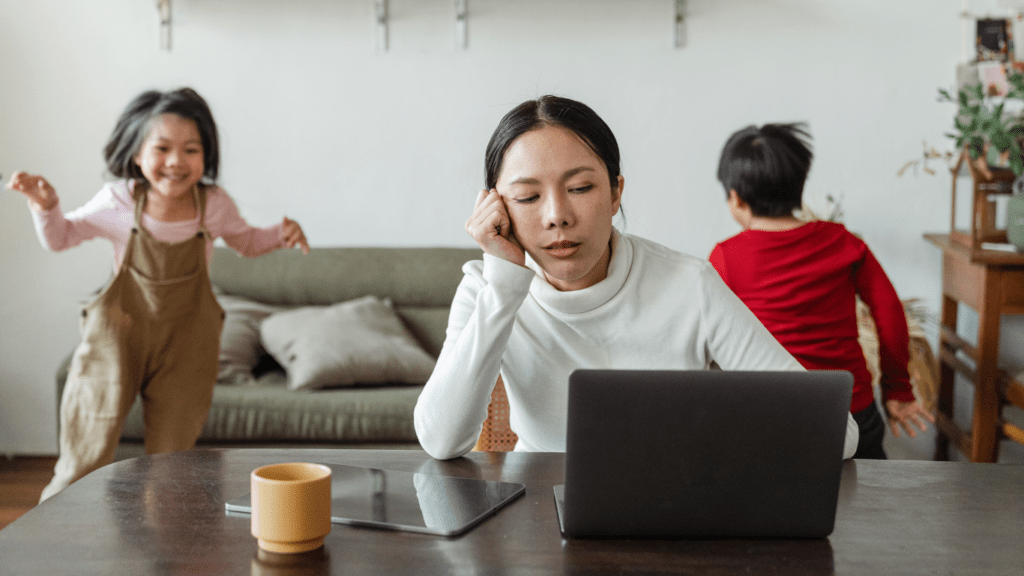When it comes to setting up kids for long-term educational success, having the right tools matters. If you’re trying to foster curiosity, independence, and better retention in your child’s learning routine, an active learning guide fparentips can be a game-changer. This essential resource walks parents through practical strategies to make learning more engaging at home.
What Is Active Learning?
Active learning is a teaching method that puts the student in the center of the learning process. Instead of sitting passively through lectures or memorizing flashcards, kids engage through activities like discussions, experiments, storytelling, role-play, and problem-solving. It’s all about doing, thinking, and then reflecting.
The big upside? Active learners tend to remember more, stay motivated longer, and understand concepts more deeply compared to their passive-learning peers.
Why Active Learning Works at Home
Classrooms don’t have a monopoly on this method. At home, where distractions are many and time is precious, active learning gives parents a sharper tool for keeping lessons fun and effective.
Here’s what makes it work:
- It’s adaptable: Whether your child is 5 or 15, you can adjust content and activity to match their level.
- Builds autonomy: Kids get used to solving problems and thinking critically without being spoon-fed answers.
- Strengthens the bond: Learning together creates opportunities for parents and children to collaborate and communicate regularly.
With tools like the active learning guide fparentips, parents can introduce this method without overwhelming themselves or their kids.
Core Elements of Active Learning
So what should you include to craft an effective active learning session at home? Here’s a breakdown:
1. Real-World Connection
Link subjects to everyday life. Teaching about measurements? Let your child cook a recipe with you and double it. Math becomes tangible, and the lesson sticks.
2. Hands-On Projects
Whether it’s building a volcano to understand chemical reactions or using Legos to explore geometry, making things is a proven way to reinforce learning.
3. Open-Ended Questions
Encourage your child to reflect deeply. Instead of “What’s the answer?” ask “Why do you think that works?” It pushes critical thinking and curiosity.
4. Collaboration
Involve siblings, friends, or you—group learning builds communication and problem-solving skills. Plus, team efforts can make even tricky topics more enjoyable.
5. Movement
Sitting for too long kills motivation. Incorporate short physical challenges, flashcard relays, or scavenger hunts around the house based on academic clues.
Making It Stick: Consistency Over Perfection
Let’s be honest: implementing a new teaching method while juggling work, chores, and everything else isn’t always smooth. But don’t aim for perfect. Aim for consistent.
Start with one or two active learning sessions a week. Use the active learning guide fparentips to plan simple yet powerful activities. Your child doesn’t need an elaborate science lab or full curriculum overhaul to benefit. Just 20-30 minutes of focused, active learning twice a week can show measurable improvement.
Active Learning and Different Age Groups
Your strategy should evolve with your child’s age and academic level. Here’s how to tailor your approach:
Early Elementary (Ages 5–8)
At this age, learning through play is still king. Use storytelling, music, drawing, and role-play. Let them “teach” their toys or pets—it builds confidence and memory retention.
Upper Elementary (Ages 9–11)
Kids show greater independence. Assign mini research projects, let them plan a basic science experiment, or write and perform a skit summarizing a book chapter.
Middle School and Beyond (Ages 12+)
Challenge becomes a hook. Encourage debate, develop case studies, build models, and allow experimentation with self-paced activities. Reflection journals help reinforce lessons and develop metacognition.
Active Learning Without a Screen
With technology everywhere, screen-free options are increasingly important for balance. Active learning thrives offline. Use nature walks to teach wildlife facts, board games for math, DIY crafts for geometry and fractions, or chalkboard storytelling for writing skills.
Screen-free doesn’t mean low-tech. It just means hands-on. You can still guide digital detox periods without compromising educational value.
Mistakes Parents Make—and How to Avoid Them
Trying to Recreate School at Home
Your home isn’t a classroom—and it shouldn’t be. Resist stuffing the day with worksheets or rigid schedules.
Taking Control Too Often
Let your child explore. Be a facilitator rather than the primary voice. Step back and allow them to lead the process.
Expecting Instant Results
Active learning isn’t a quick fix. Progress with this method is deeper and slower—but also longer-lasting.
How to Get Started
Feeling ready? Good. You don’t need a teaching degree or a Pinterest-perfect classroom. Here’s a quick-start checklist:
- Pick one subject your child enjoys
- Set aside 20–30 minutes, 1–2 times per week
- Choose an activity from your active learning guide fparentips
- Observe and adjust—some trial and error is normal
- Celebrate small wins to keep your child motivated
Final Thought: More Than Just Learning
The beauty of active learning is that it does more than boost test scores. It prepares kids with the mindset to ask questions, knock down problems, and never stop exploring. And as a parent, being part of that journey doesn’t just help your child—it transforms how you view learning, too.
So take that first step. With the help of resources like the active learning guide fparentips, you can turn everyday moments into meaningful learning experiences for your child—and make education something they actually look forward to.


 David Withers – Senior Parenting Advisor David Withers brings over 15 years of expertise in child development and family dynamics to his role as Senior Parenting Advisor at Makes Parenting Watch. A respected voice in the parenting community, David has worked extensively with families, helping them navigate the complexities of raising children through every phase of life—from infancy to adolescence. His articles are known for their evidence-based approach, offering parents practical, actionable tips on topics such as sleep training, positive discipline, developmental milestones, and fostering emotional resilience in children. In addition to his writing, David conducts workshops and webinars to provide personalized advice to parents dealing with specific challenges. His deep understanding of child psychology and development ensures that Makes Parenting Watch remains a valuable and reliable resource for parents seeking guidance in today’s fast-paced world.
David Withers – Senior Parenting Advisor David Withers brings over 15 years of expertise in child development and family dynamics to his role as Senior Parenting Advisor at Makes Parenting Watch. A respected voice in the parenting community, David has worked extensively with families, helping them navigate the complexities of raising children through every phase of life—from infancy to adolescence. His articles are known for their evidence-based approach, offering parents practical, actionable tips on topics such as sleep training, positive discipline, developmental milestones, and fostering emotional resilience in children. In addition to his writing, David conducts workshops and webinars to provide personalized advice to parents dealing with specific challenges. His deep understanding of child psychology and development ensures that Makes Parenting Watch remains a valuable and reliable resource for parents seeking guidance in today’s fast-paced world.
